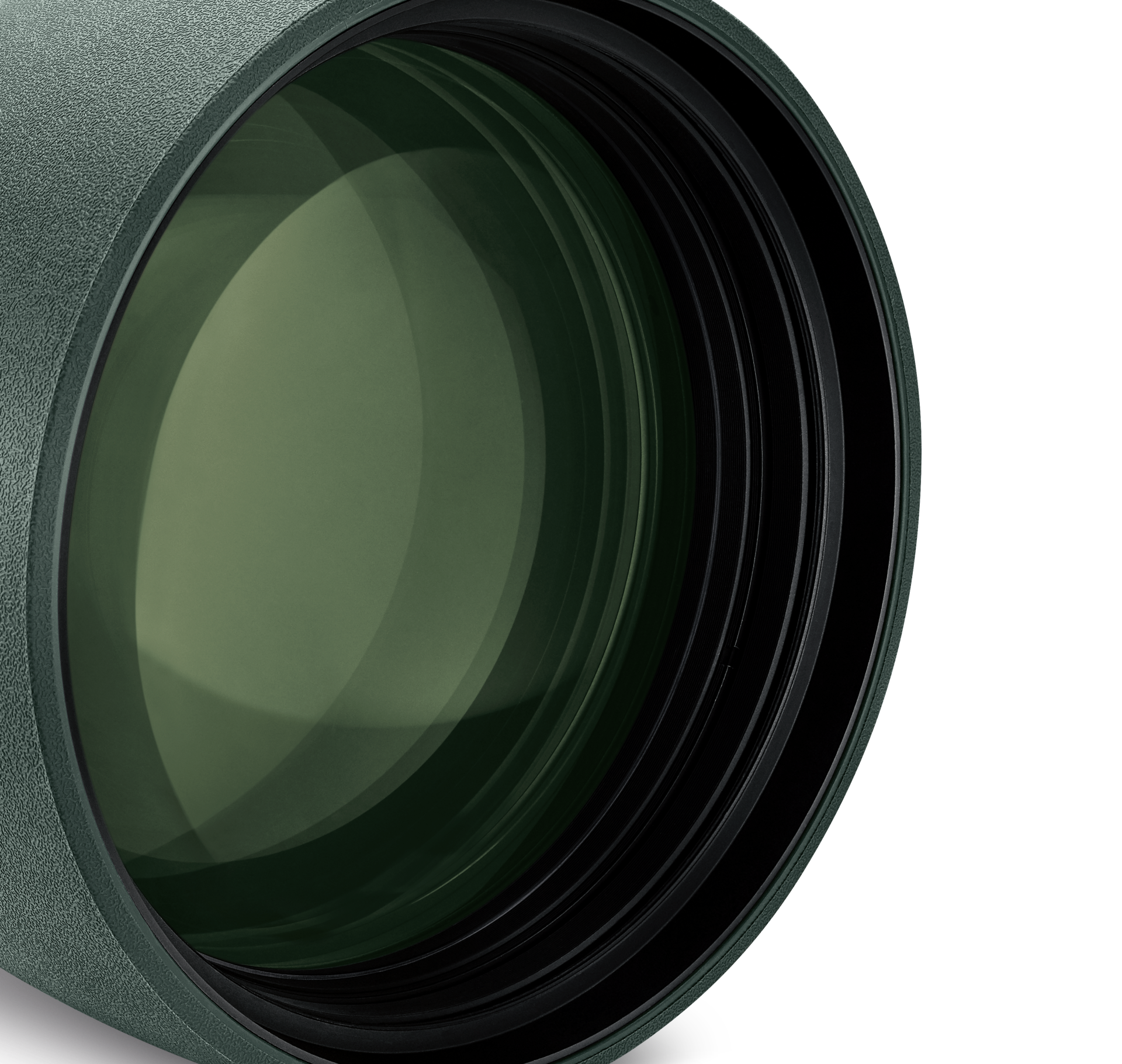
ATX / STX / BTX objective module
The ATX, STX and BTX objective modules offer you unparalleled modularity and unimagined application possibilities. Four objective sizes are available for intensive nature observations: 65 mm, 85 mm, 95 mm or 115 mm.
Menu
Products
Intended use
Service


Product & Technical Services, Tips & Care, Tutorials, Downloads, Declarations of conformity

The ATX, STX and BTX objective modules offer you unparalleled modularity and unimagined application possibilities. Four objective sizes are available for intensive nature observations: 65 mm, 85 mm, 95 mm or 115 mm.
The 65 mm objective module is perfect for those who want a lightweight device that offers outstanding optical performance, a large field of view, and impressive close-range focusing.
 ATX / STX / BTX objective module
ATX / STX / BTX objective moduleOutstanding quality
Ordered this directly from Swarovski. Arrived well packed and protected. Have other Swarovski products and upon examination found this was made to the same exacting standard and quality. In use, just brilliant!!. Makes it so much easier using two eyes instead of one and its magnification is outstanding and even more so with the 1.7x extender. Great kit!
I’ve ran Vortex and Leopold spotting scopes and hands down Swarovski is the best in glass, smoothness of adjustments, and low light visibility.
 Customer ServiceMO - TH 8:00 - 17:00 AND FR 8:00 - 12:0000800 3242 5056customerservice@swarovskioptik.com
Customer ServiceMO - TH 8:00 - 17:00 AND FR 8:00 - 12:0000800 3242 5056customerservice@swarovskioptik.com